I was 12 when I first read The Diary of Anne Frank. As I lay sprawled on the bed, slowly turning the pages of this “diary” I couldn’t quite understand the gravity of the Holocaust. I remember the entire experience of reading being unsettling of course, but that was about it. I could not possibly imagine why a man would want to wipe off an entire race, and I prayed that young Anne Frank did not meet a gruesome end.
Years later, I picked up the book again. This time too I was scared but not as much for her life as of the intensity with which Adolf Hitler could hate. My mind painted graphic images as I struggled to understand that this was real, that a man had killed so many people without any remorse. I could not understand such hatred, and I grew curious to understand how his mind worked. A few years later, I picked up his autobiography Mein Kampf, and once again time-traveled back to the 1920s and 30s to see what Germany was like.
There was always something that brought me back to the Germany of the World Wars. I kept looking back at history from a safe distance, and it only seemed fair to explore this land when I got an opportunity to travel to Europe in 2017.

On my trip, I chose to stay back another day in Berlin as I realized I could squeeze in a day trip to a nearby concentration camp. You must be thinking “concentration camp on holiday, why would you want to do that?!” My stubborn mind wouldn’t take no for an answer. So I stayed back in Berlin while the squad carried on, and prepared myself to time travel once more and see for myself what life must have been like for the inmates.
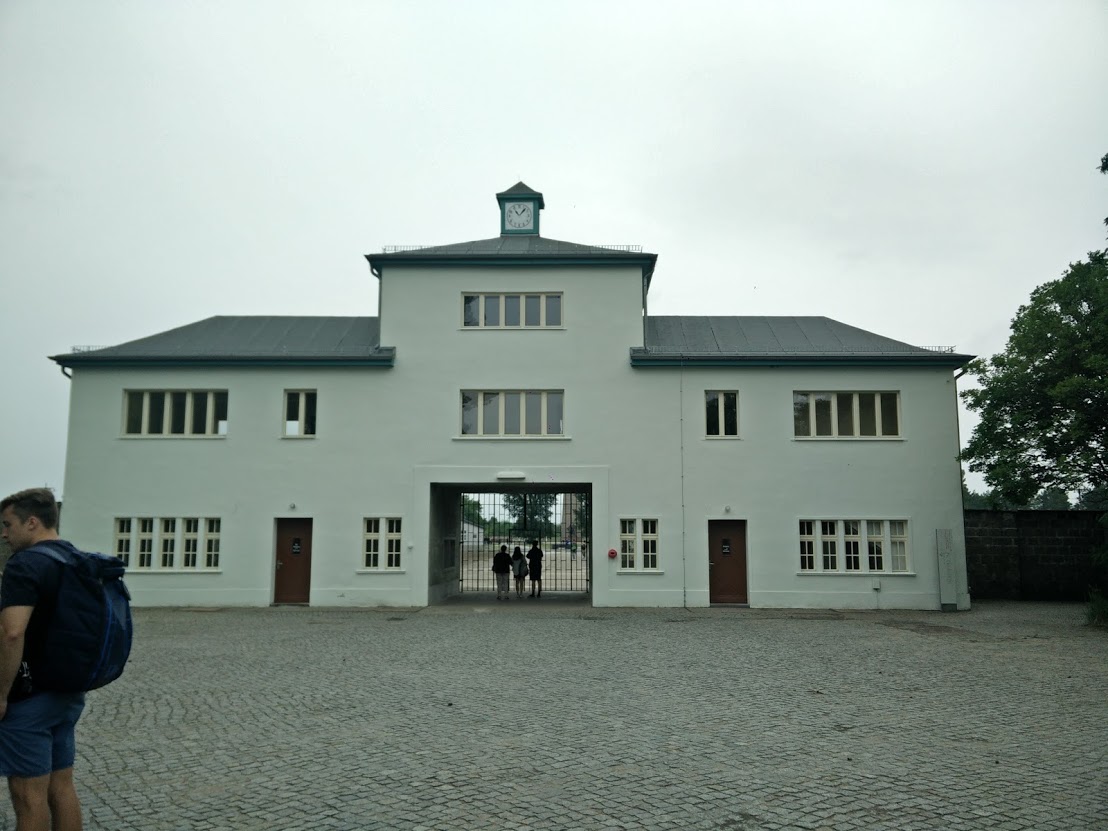
Before I begin, I must tell you that nothing in the world will ever prepare you to meet a memorial site. The tears will flow, the goosebumps will stay, the feeling of despair will consume you, panic will give way to hopelessness; but here is an experience I wish everyone in the world could feel. Not because it is enjoyable, no, none of it is. But it teaches you a lot about humanity, and you appreciate the little things in life when you’re taken this close to stories of death. It teaches you to be grateful.
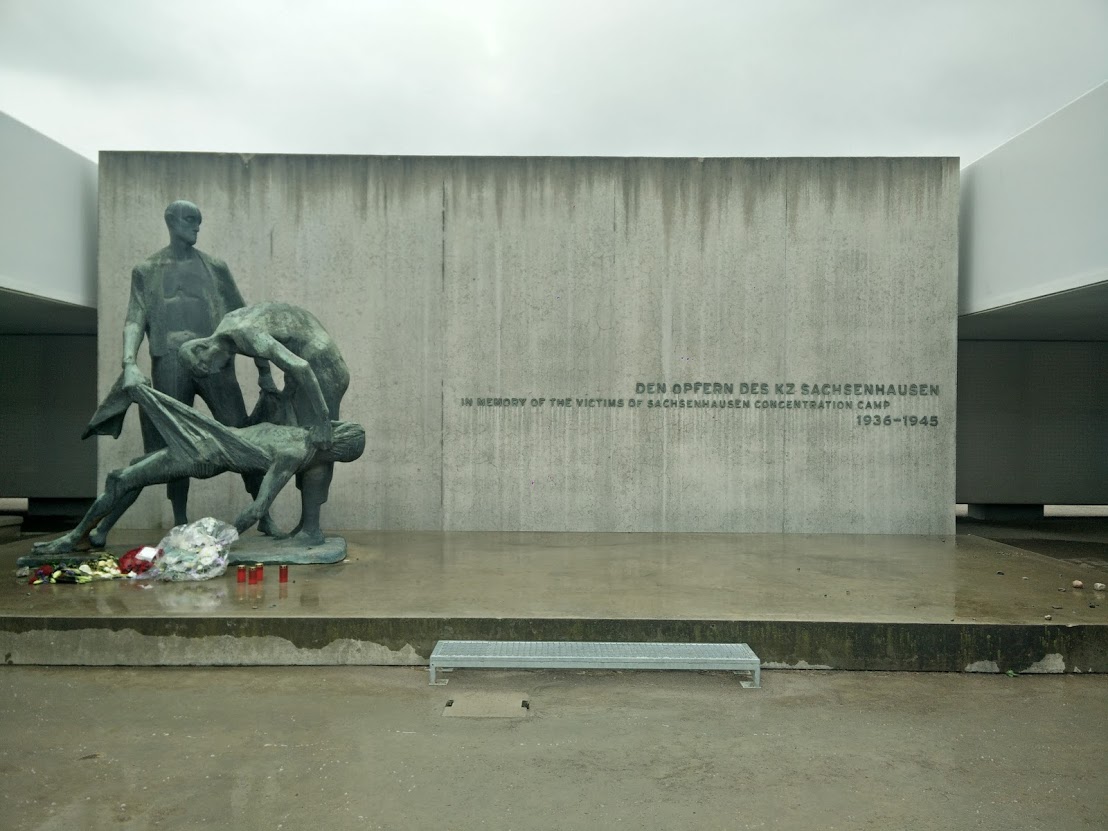
About Sachsenhausen
On 21 March 1933, right in the center of the town of Oranienburg near Berlin, an empty factory building became the first concentration camp in Prussia, also one of the biggest concentration camps on German territory from 1936 to 1945. In fact, its architectural layout was used as a model for almost all concentration camps in Nazi Germany. This camp housed around 200,000 inmates who were enslaved and exploited as forced labor. Several tens of thousands of prisoners died as a result of the inhumane working and living conditions and the brutal treatment or were shot, gassed, or subjected to medical experiments.
It was in 1961 that this site was declared a national place of memorial and remembrance. The camp today is open to the public as a memorial site.
Nothing can prepare you for this.
On a rainy morning in June, we headed down to Oranienburg on the S-Bahn, a 30 minute train ride from Berlin. We booked ourselves with Sandeman’s Tours to get a better insight and hear stories about life in the concentration camp. It was a dull gray morning as our tour group walked through the city streets of Oranienburg to the camp’s iron gates, which were inset with the words “Arbeit Macht Frei” (Work Will Set You Free)

After years of reading about Germany’s history and the Holocaust, I was confident that nothing in the camps could unnerve me. Oh, how wrong I was! As we made our way on the pebbled path that led to the barracks, the sight of the boot-testing track made me go cold all of a sudden. Here was a spot where prisoners were forced to march for days at a time to test the quality of soldiers’ footwear until they died. Here I was, looking at the spot where this had happened just a few years ago. We walked around the Roll Call Area, the area where the inmates had to assemble for roll call several times a day, often suffering for long hours in the rain or snow. We passed the Barracks that served as medical rooms and administration rooms. We saw the murals and wall paintings of the prisoner’s kitchens. We stopped by for a tour of Barracks 38 and 39, which was the point where my personal waterworks started.
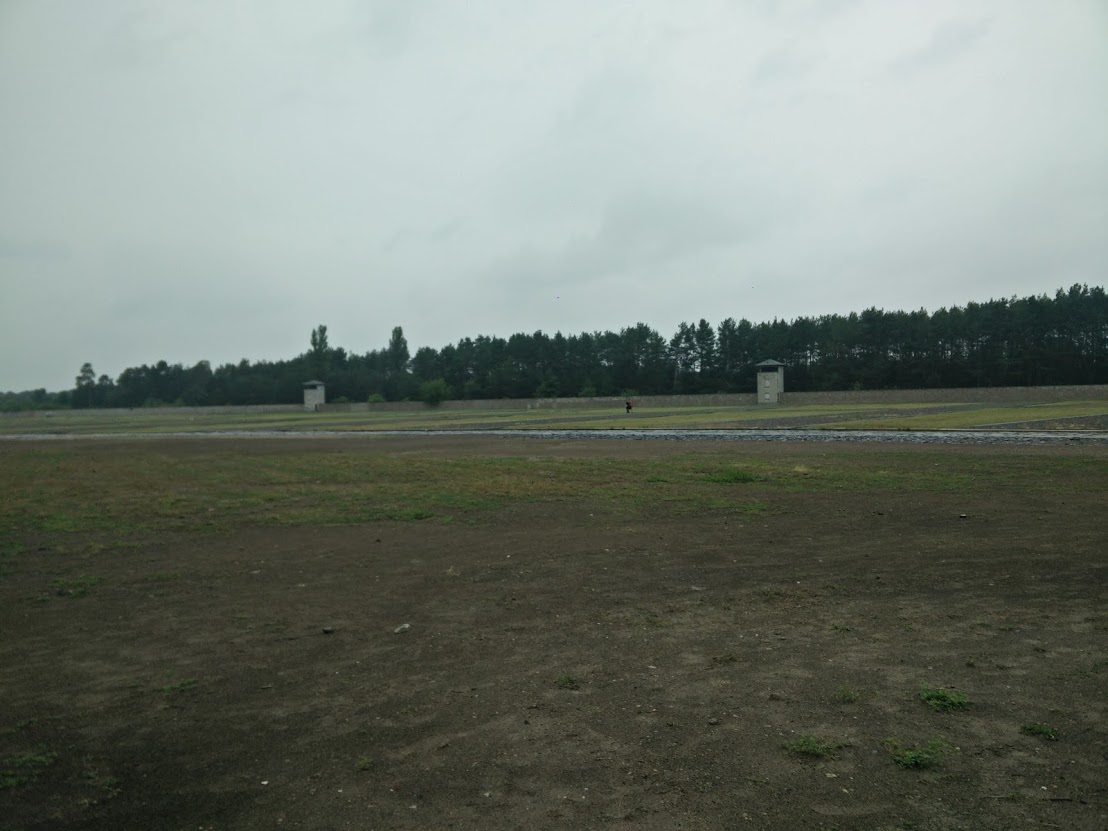
The Shoe Testing Track : where the inmates were made to march until the soles of the shoes fell out. No food, no water, only hours and hours of marching. 

Barracks 38 and 39 are the ones in which the Jewish prisoners were kept at Sachsenhausen between 1938 and 1942. The barracks display reconstructed bunk beds, lavatories, and eating areas. There was also a museum “The Everyday Life of Prisoners in Sachsenhausen” that tells the personal stories of various inmates through photos, audio, letters, and movie clips. The Prison within the Camp is a structure that still has the original cells and a small exhibition about Georg Elser who tried to kill Hitler in 1938.
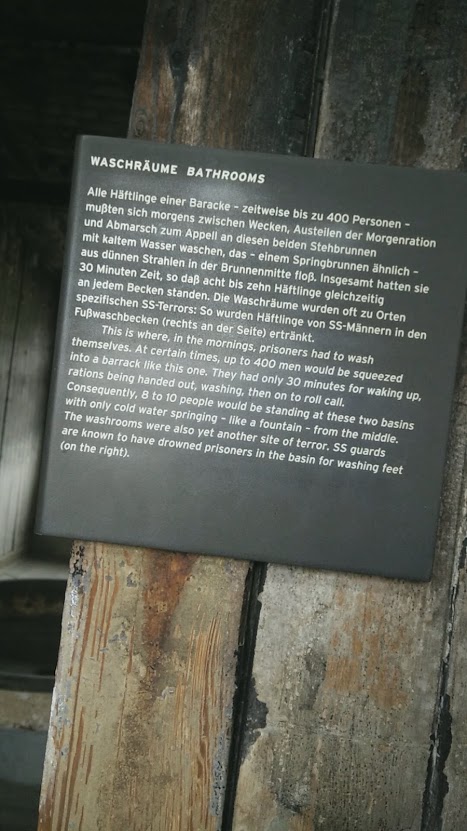




Bunk beds: 3, sometimes 5 of them slept together on ONE BED. 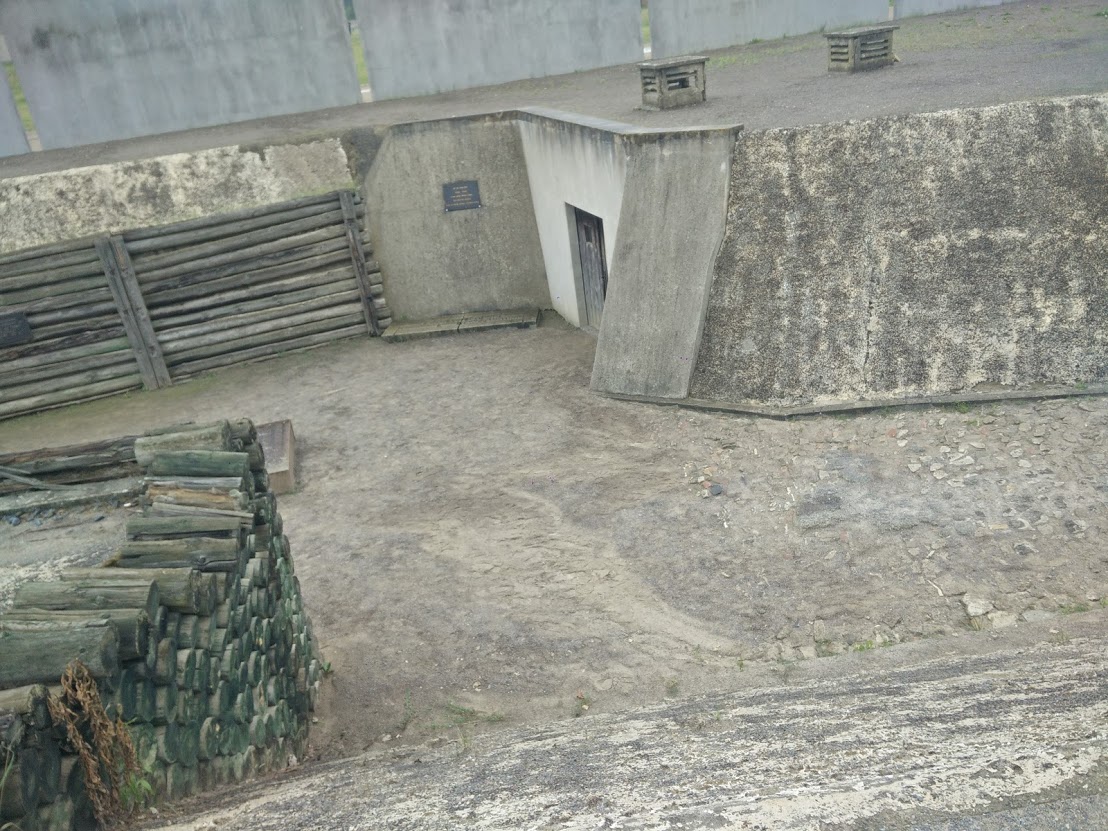
The Gas Chamber 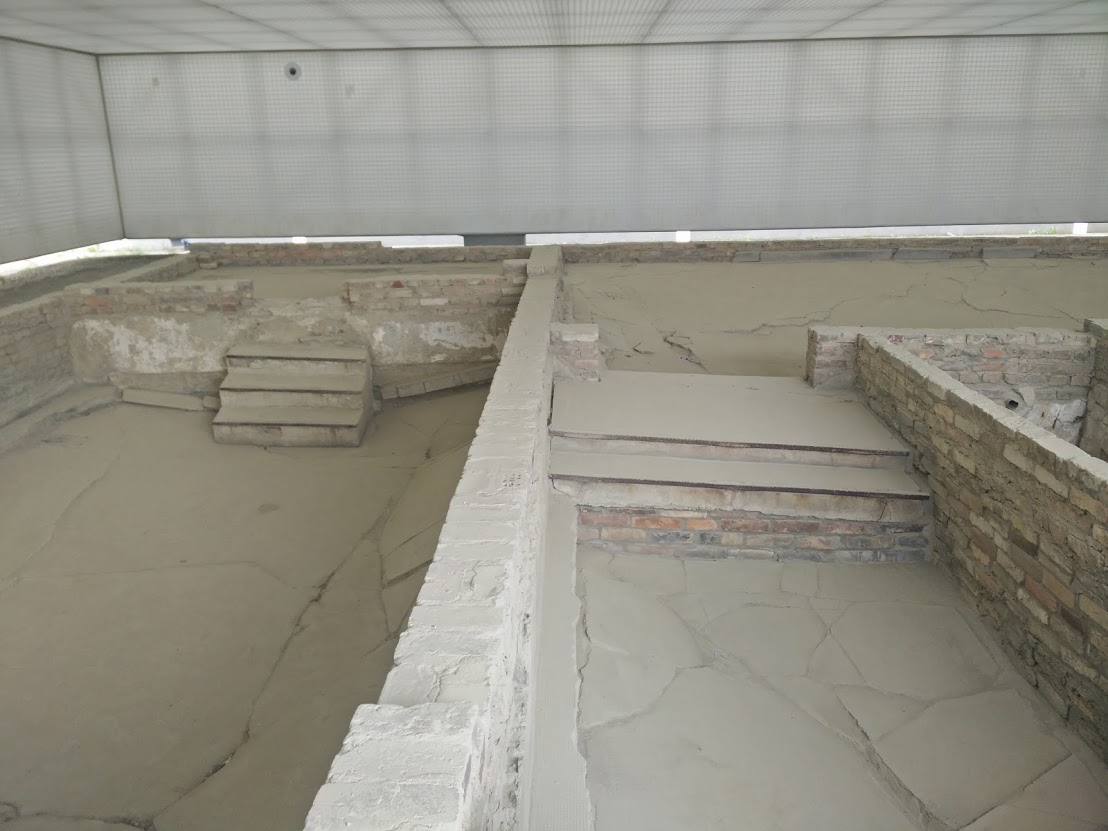
These are the “Examination Rooms” – The inmates would be got here for a doctor’s examination, and while they were standing with their back against the wall, they would be shot through a hidden hole in the wall.
A tour of these barracks ended with a visit to Station Z, an experience that will stay with me for a lifetime. Station Z was what you could call the last station in the life of inmates. Visitors to this area today can see an execution trench, the foundation of the gas chambers, the burial ground with ashes of victims of the camp, and the crematorium. A statue by architect HG Merz serves as a memorial to those who lost their lives in these gas chambers.


We spent 5 hours at the memorial site, but it felt like a long time. Inspired, scared, sad, cold, I walked out of the gates a different person. Empathy had taken over a large part of my life, and I planned on keeping it that way. Glad to say that I’ve kept my promise until today.
This was first published in Just Urbane.
